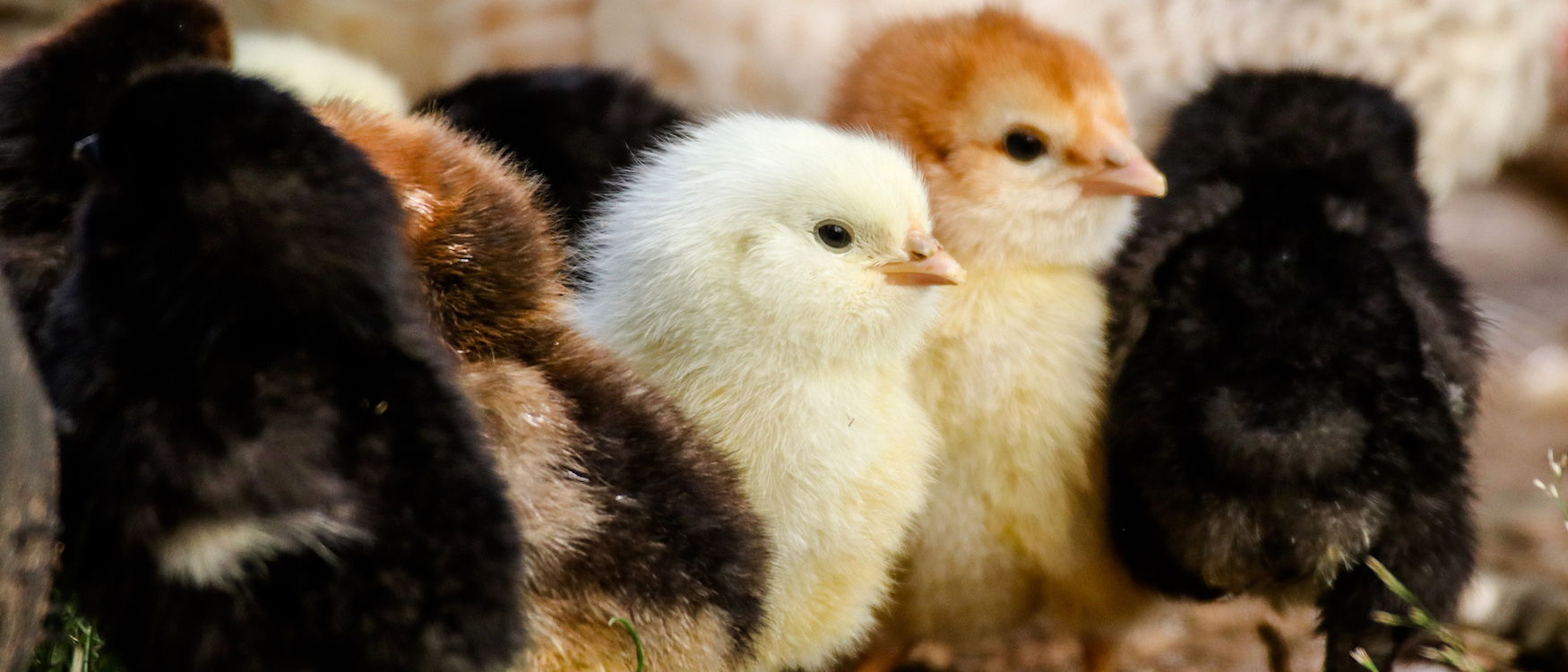
WHAT DIFFERENCE DOES GIVING 1 CHICK MAKE?
In 2019, 820 million people did not have enough to eat. *
The Food and Agriculture Organization of the United Nations estimated an additional 130 million more people likely went hungry in 2020 due to COVID-19 related challenges. **
Recent job losses, quarantines, and isolation have blocked access to food sources in many areas of extreme poverty.
TRADES OF HOPE is partnering to change that.
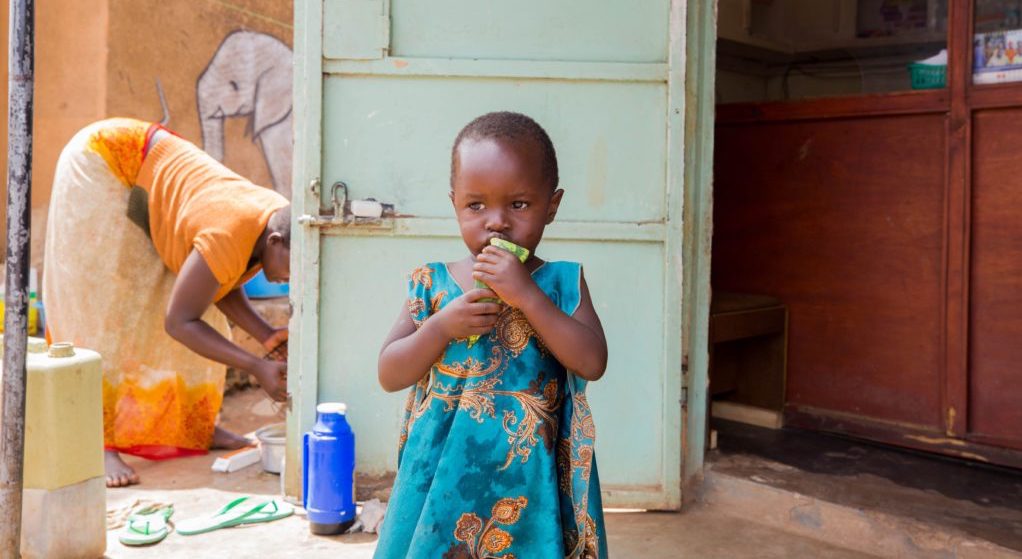
Understanding the Need to Give a Chick
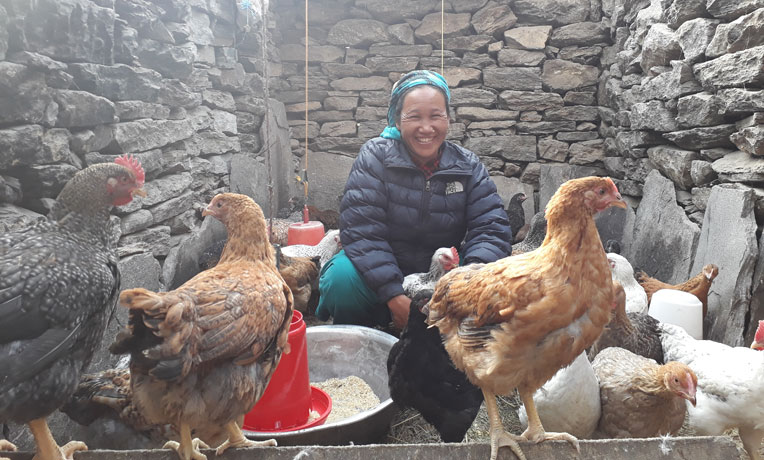
1 chick –> can live up to 8 years
1 hen –> can lay over 2,000 in her lifetime
1 chick –> can provide up to 8 years of sustainable food and income
Eggs = vital protein for malnourished families
Eggs = sustainable income in areas of extreme poverty
Families can sell eggs to buy other necessities
Free range chickens = low cost and low maintenance for families with limited resources
Understanding the Purpose of Giving a Chick
What is Sustainable Farming vs. Subsistence Farming?
Sustainable farming has been a trending buzzword for many conservationists, hobby farmers, and homesteaders, especially over the past decade. Sustainable farming involves investing in both current and future harvest seasons through environmental responsibility and planning beyond simply meeting immediate needs.
In most areas of extreme poverty, families practice subsistence agriculture. Subsistence agriculture is farming for mere survival. There are too few resources to consider the impact on the environment or plan for future harvests.
The highest priority of Subsistence Farming is feeding families TODAY.
Families who receive donated chicks are offered training to help them begin planning for their families’ futures. Many of these families have never experienced the hope of having food security or income from excess resources before. Not only can they sell extra eggs to buy other necessities, but they can also receive training to help them learn to operate profitable agricultural businesses.
Sustainable Farming helps families grow from SURVIVING TO THRIVING.
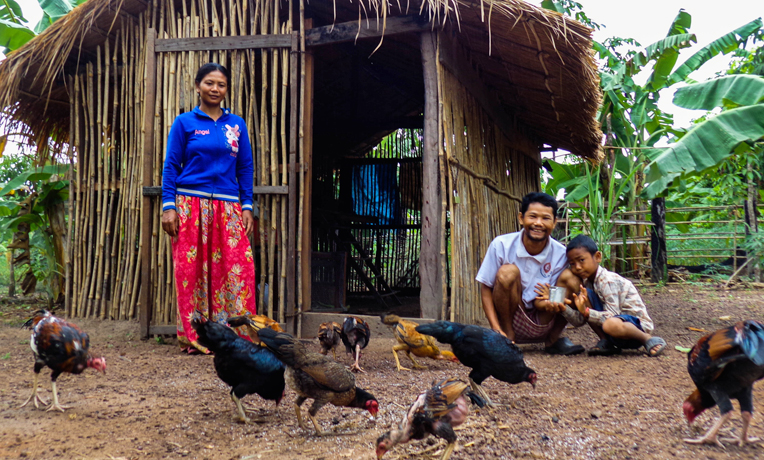
A CHICK is a powerful building block for a sustainable farm.
Understanding the Possibilities of Giving a Chick
What if the chick is a male and can’t lay eggs?
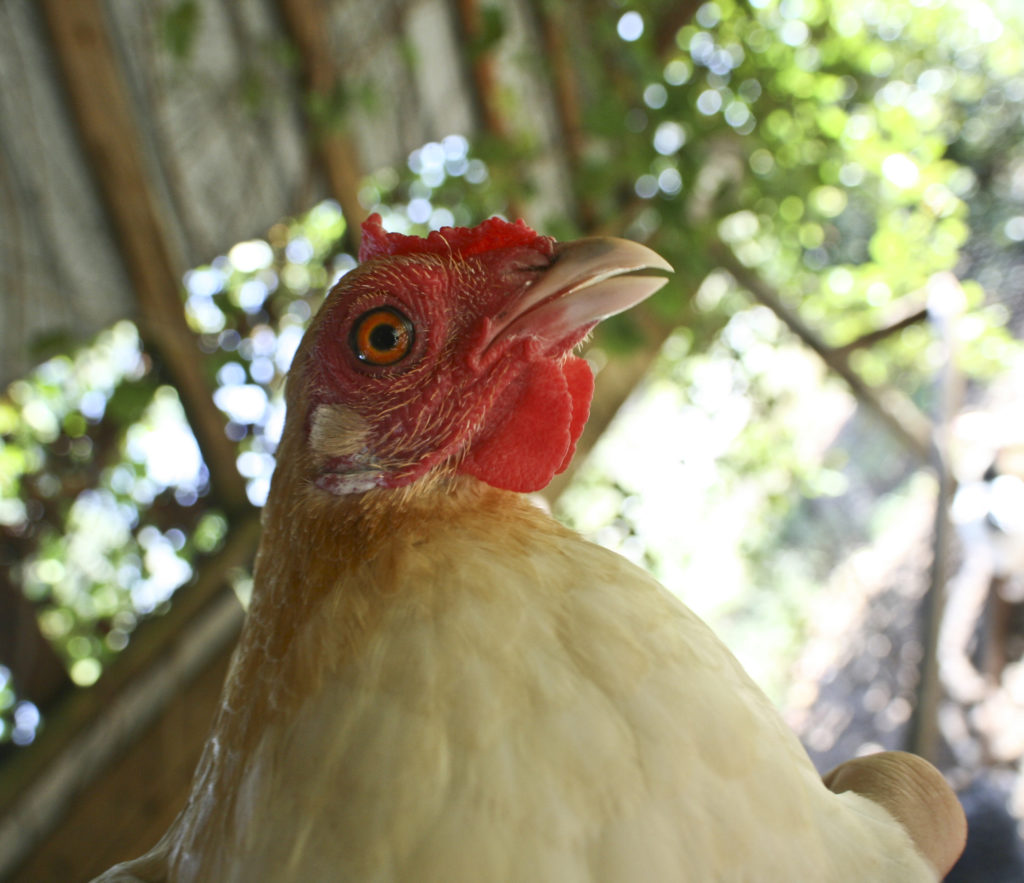
Yes. Male chickens can’t lay eggs.
Most chicks are donated to families in common areas of extreme poverty.
Through cooperative farming, families can work together to breed mature roosters and hens – producing even more eggs and chicks – and providing even more free sustainable food and income.
As adult chickens naturally molt, families in areas of extreme poverty can use the feathers to produce pillows and other products to sell in local markets.
What if the family eats the donated chick?

Yes. It is possible that a family may eventually eat a donated chicken. Many cultures depend on poultry as a vital resource for protein to survive.
While the ultimate goal of giving a chick is to help families grow sustainable agricultural businesses, it often takes time and trust for families who have lived their entire lives in extreme poverty to learn to hope beyond feeding their hungry families today.
The reality of hunger for these families is so far beyond the comprehension of most of us who can read this blog.
One meal that provides vital protein can help prevent a family who lives in extreme poverty from starving for one more day.
What if a family receives too many chicks?
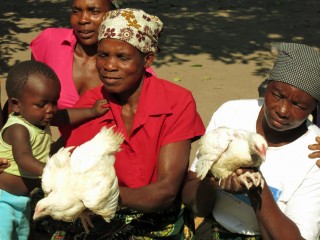
Many families who are given an opportunity rise out of extreme poverty will share the opportunity with other families in their communities.
In Adeline’s community, six women received chicks. Some of these women received multiple chicks. All six women have grown profitable sustainable businesses – raising chickens – and regularly reach out to help others in their community.
“When we sell and make money here, we take a little bit of money to help the orphans and buy a notebook and take them to school.” — Adeline
HOW DO WE CHANGE THE WORLD?
BY DOING GOOD…
one simple doable solution at a time.
* da Silva, José Graziano, et al. “World Hunger Is Still Not Going down after Three Years and Obesity Is Still Growing – UN Report.” World Health Organization, World Health Organization, 15 July 2019, www.who.int/news-room/detail/15-07-2019-world-hunger-is-still-not-going-down-after-three-years-and-obesity-is-still-growing-un-report.
** Food and Agriculture Organization of the United Nations. (n.d.). As more go hungry and malnutrition persists, achieving Zero Hunger by 2030 in doubt, UN report warns. FAO. http://www.fao.org/news/story/en/item/1297810/icode/.
Photo credit: Samaritan’s Purse

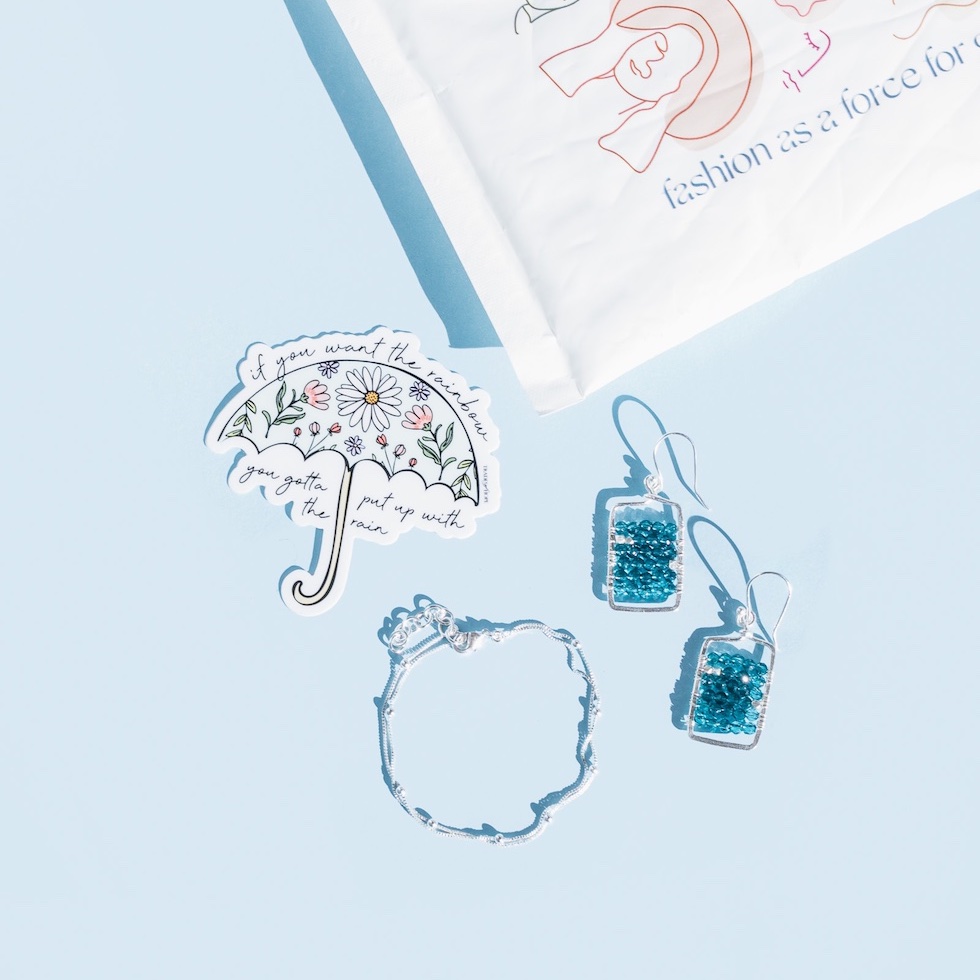
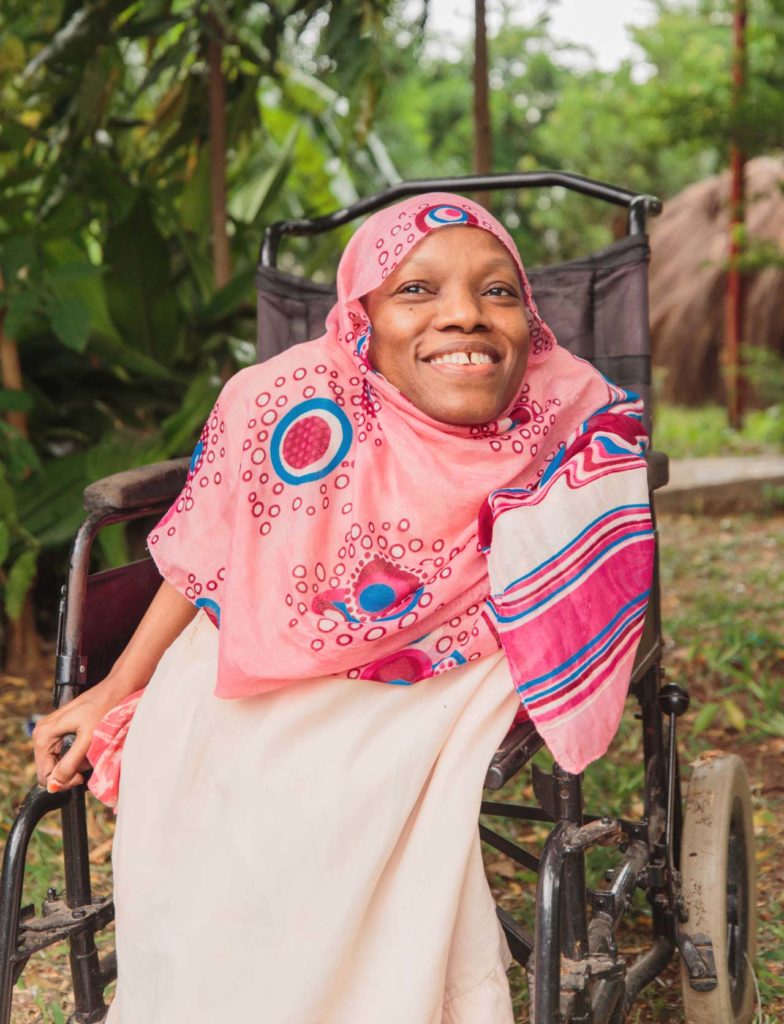
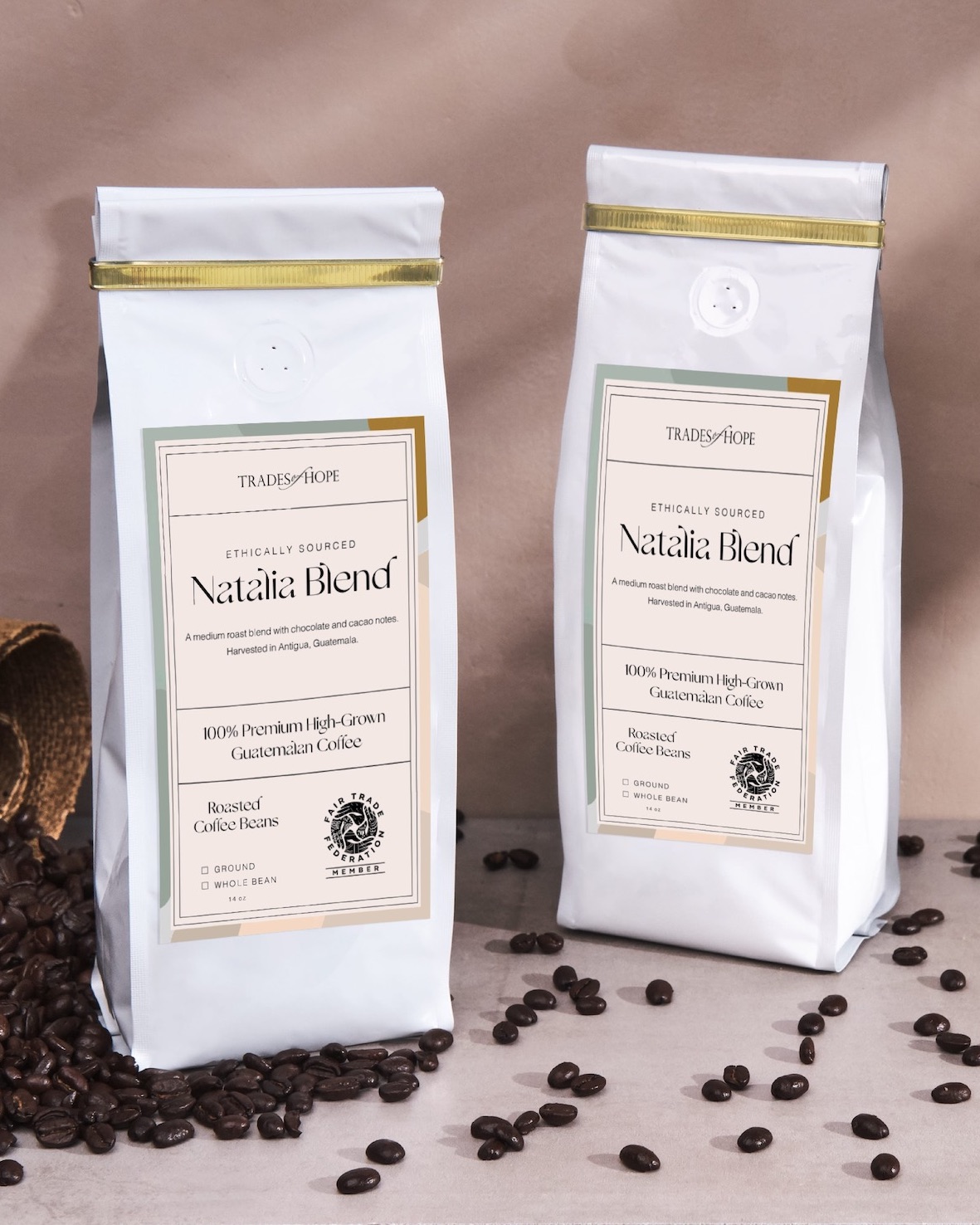
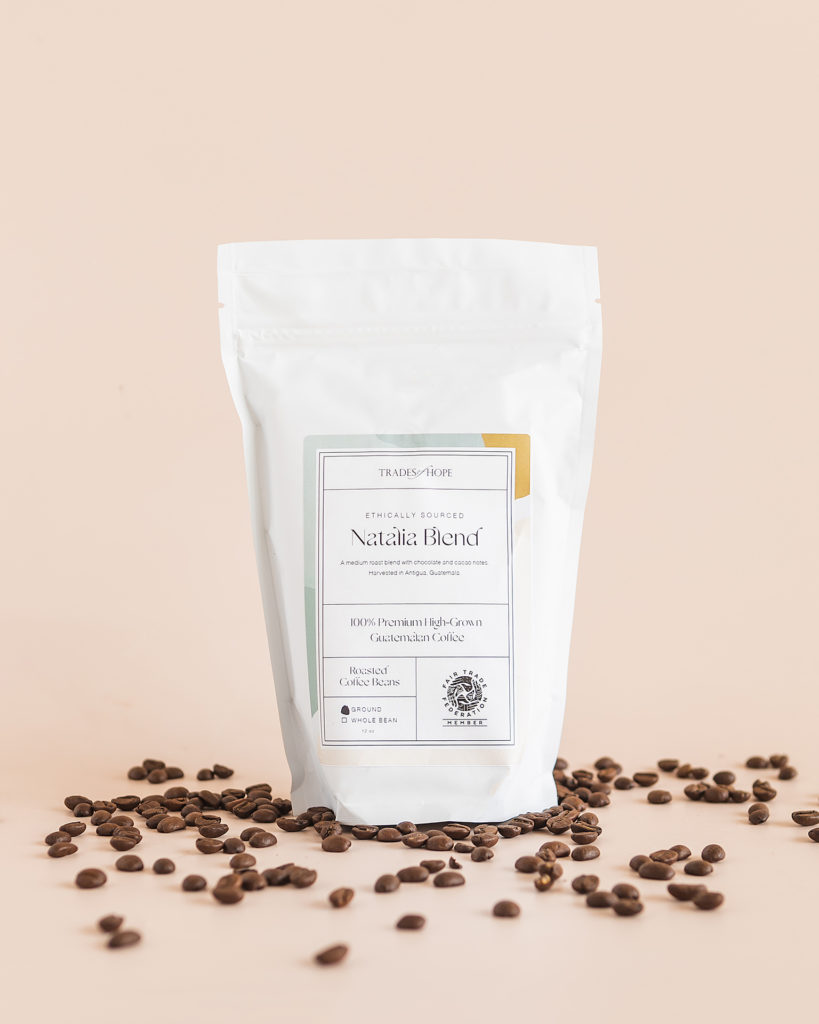
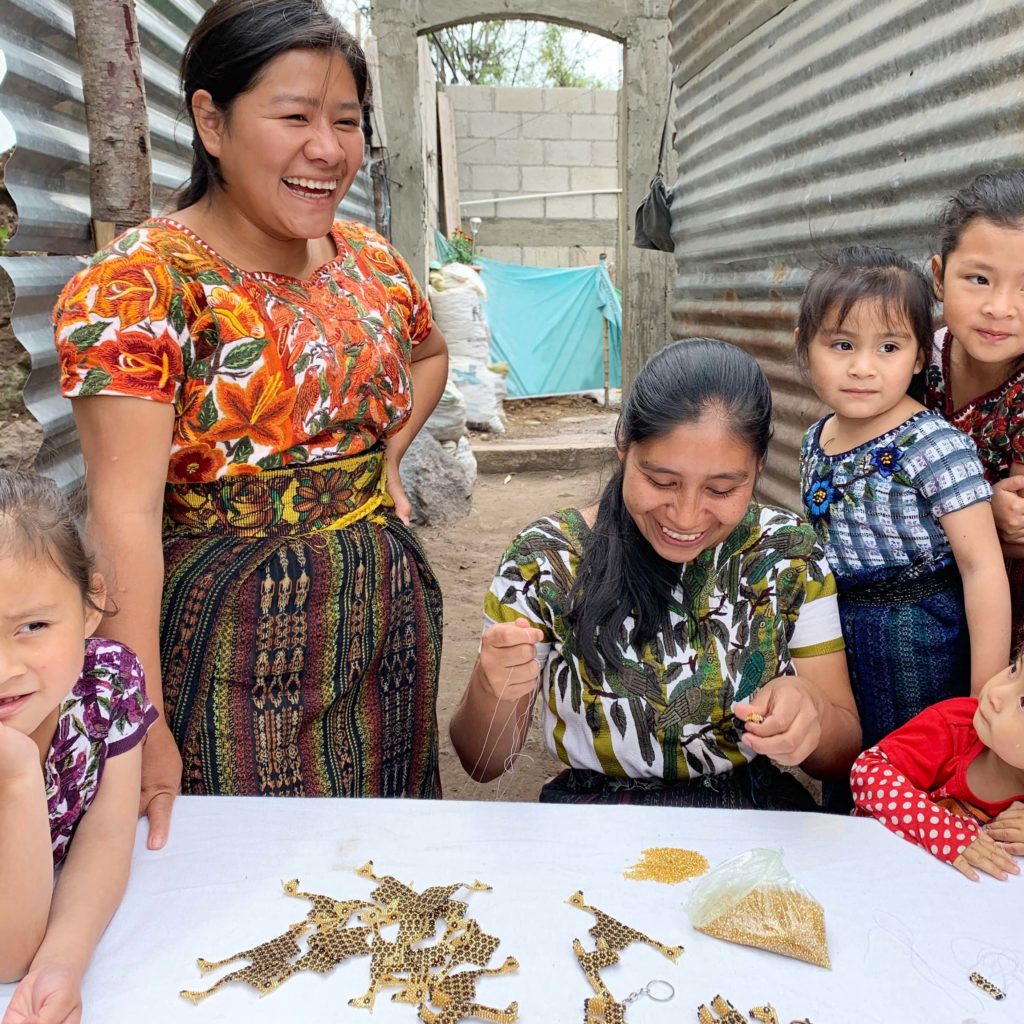
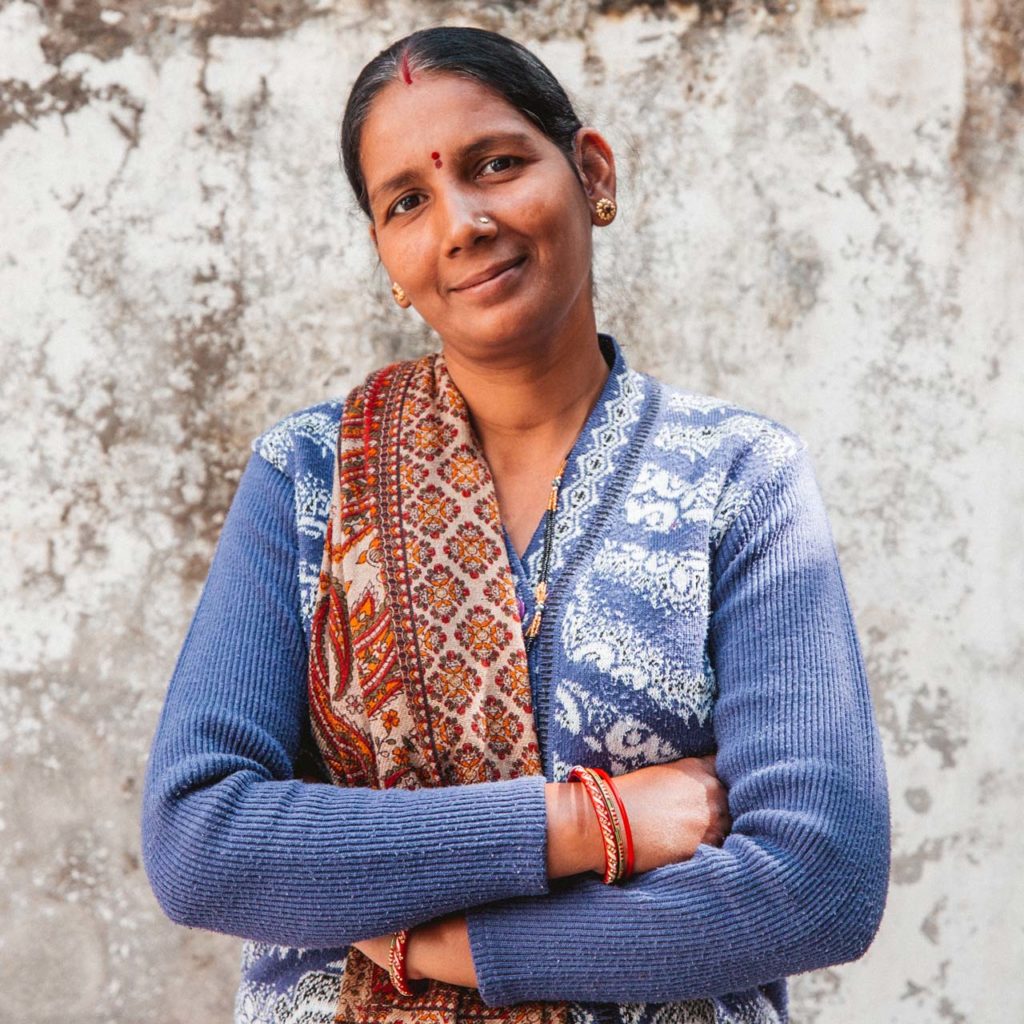
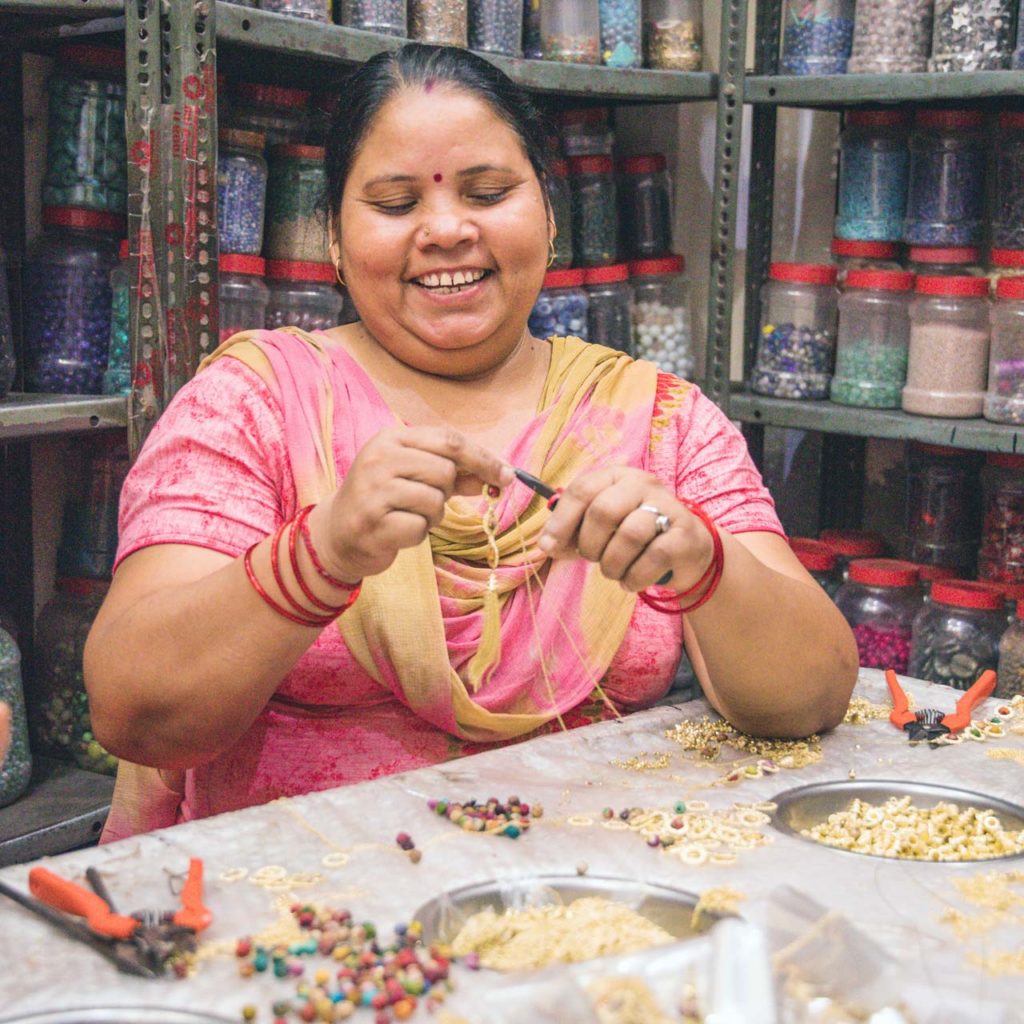
0 Comments